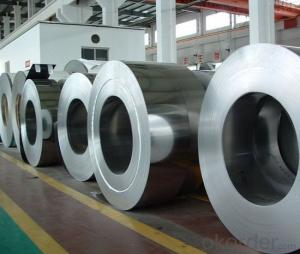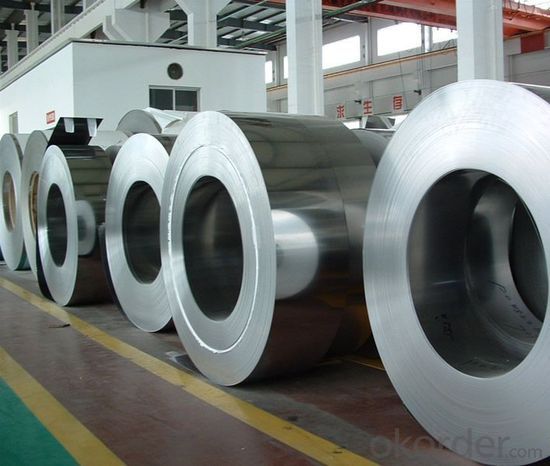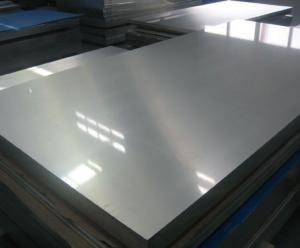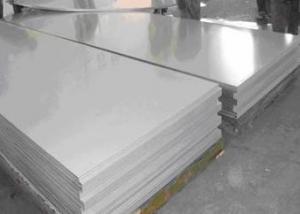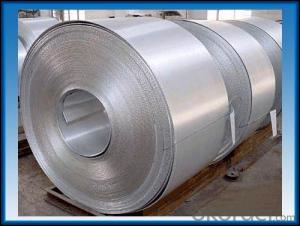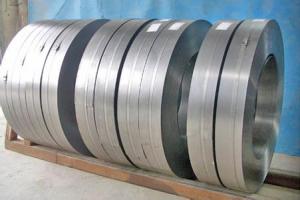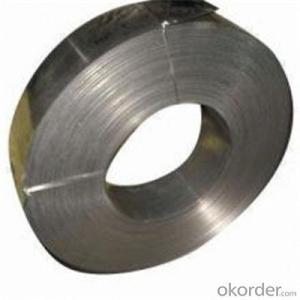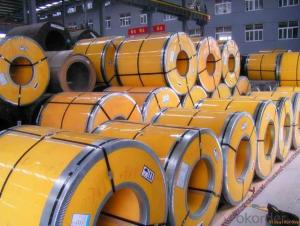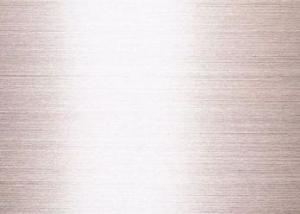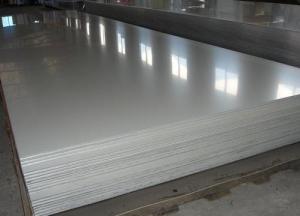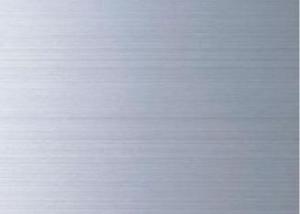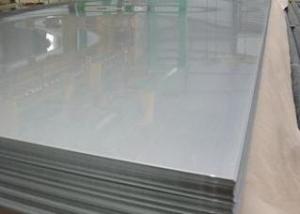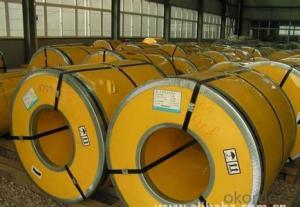Hot Rolled Stainless Steel Strip With Good Quality
- Loading Port:
- Tianjin
- Payment Terms:
- TT OR LC
- Min Order Qty:
- 25 m.t.
- Supply Capability:
- 100000 m.t./month
OKorder Service Pledge
OKorder Financial Service
You Might Also Like
Hot Rolled Stainless Steel Strip With Good Quality
1.Structure of Hot Rolled Stainless Steel Strip With Good Quality
Hot rolled stainless steel strip with good quality is widely used in many areas including the industry and our life. And as the raw material, it is one of the raw material of the cold rolled stainless steel strip, which can be used directly in many places. Stainless Steel (Stainless Steel) is short for acid-proof Stainless Steel, resistant to weak corrosive medium such as air, steam, water, or with a Stainless Steel grade.
2.Main Features of Hot Rolled Stainless Steel Strip With Good Quality
1) weldability: There are two diffierent kinds of the preformance:1 Kind of tableware generally do not require the performance of welding, even including some pot class enterprise. But the vast majority of products all need raw materials welding performance is good, like the 2 kinds of tableware, thermos flask, steel pipes, water heaters, water dispensers, etc.
2) Corrosion resistance The vast majority of stainless steel products for corrosion resistant performance is good, like a, 2 kinds of tableware, kitchen utensils and appliances, water heaters, water dispensers, etc., some foreign businessmen on corrosion resistance of products also do experiment: in NACL aqueous solution heated to boiling, after a period of time the best solution, wash and drying, weight loss, to determine the degree of corrosion (note: the product polishing, because of the sand cloth or sandpaper containing Fe, will cause the test surface rust spots)
3) Polishing performance In today's society stainless steel products in production after polishing the process commonly, when only a small number of products such as water heaters, water dispenser tank don't need polishing. So this will require materials polishing performance is very good. The factors influencing polishing performance mainly include the following: 1) raw material surface defects. Such as scratch, pitting, pickling, etc. (2) raw material problem. Hardness is too low, easy when polishing cast light (BQ), and the hardness is too low, the surface easily when deep drawing appear orange peel phenomenon, which affects the BQ. Relatively high hardness of BQ sex is good. (3) after deep drawing products, great deformation area surface will be a small black spots and RIDGING, thus affecting the BQ.
4) Heat resistant performance Heat resistant performance refers to the high temperature stainless steel can still maintain its excellent physical and mechanical properties. Carbon: the influence of carbon in austenitic stainless steel is formed strong and steady. Set the austenitic austenitic area and expand elements. Carbon formation of austenite is about 30 times that of the nickel, the ability of carbon is a kind of gap elements, through the solid solution strengthening can significantly increase the strength of the austenitic stainless steel. Carbon austenitic stainless steel can be improved in high concentration chloride (e.g., 42% MgCl2 boiling solution) in the performance of the resistance to stress corrosion. But, in the austenitic stainless steel, carbon is often seen as the harmful elements, this is mainly due to the corrosion of stainless steel used in some conditions, such as welding or heating by 450 ~ 850 ℃), carbon steel with chromium in forming high chromium Cr23C6 type carbon compounds which can lead to local chromium depletion, make steel corrosion resistance especially resistant to intergranular corrosion performance degradation. So. Since the 60 s of the development of new cr-ni austenitic stainless steel is mostly carbon content less than 0.03% or 0.02% of the ultra-low carbon type
5) Corrosion resistance When the atomic number of no less than 12.5% chromium content in steel, can make the steel electrode potential mutations, the negative potential to the positive electrode potential. To prevent electrochemical corrosion.
3. Hot Rolled Stainless Steel Strip With Good Quality Images
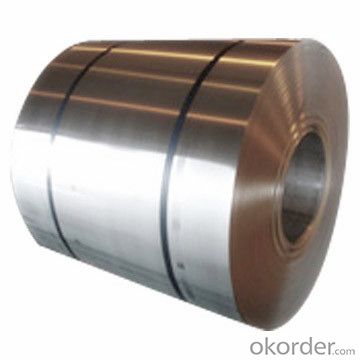
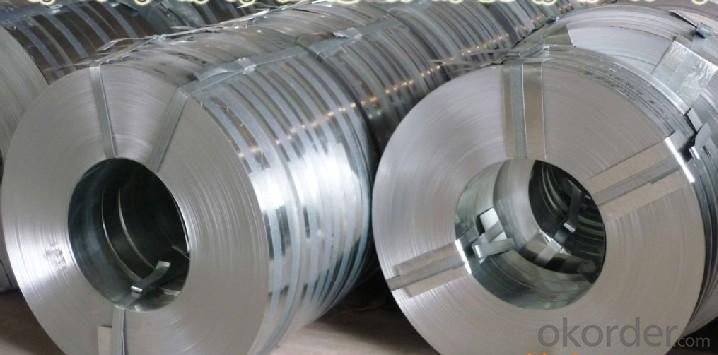
4. Hot Rolled Stainless Steel Strip With Good Quality Specification
1) Ferritic stainless steel Chromium containing 15% ~ 30%. Its corrosion resistance, toughness and weldability with chromium content increases with the increase of chloride stress corrosion resistance is superior to other types of stainless steel, fall into this category of Crl7, Cr17Mo2Ti, Cr25, Cr25Mo3Ti, Cr28, etc. Ferritic stainless steel because of the high chromium content, corrosion resistance and oxidation resistance are relatively good, but the mechanical properties and process performance is poorer, more used to stress less acid structure and steel used as antioxidant. This kind of steel to withstand atmosphere, nitric acid and corrosion of the brine solution, and has good high temperature oxidation resistance, low thermal expansion coefficient, etc, used in nitric acid and food factory equipment, also can make work under high temperature parts, such as gas turbine parts, etc.
2) Austenitic stainless steel The title Chromium is more than 18%, still contain about 8% of the nickel and small amounts of molybdenum, titanium, nitrogen and other elements. Good comprehensive performance, corrosion resistant to a variety of media. Number of austenitic stainless steel is commonly used one cr18ni9, 0 cr19ni9, etc. In the Wc < 0.08% 0 cr19ni9 steel, steel grade is marked as "0". This class contains large amounts of Ni and Cr in steel, make steel in austenitic state at room temperature. This kind of steel has good plasticity and toughness, weldability and corrosion resistance and non-magnetic or weak magnetic, the corrosion resistance in oxidizing and reducing medium are good, used to make acid equipment, such as corrosion resistant containers and equipment lining, pipelines, nitric acid resistant equipment parts, etc., also can be used as the main body of watches and clocks jewelry stainless steel material. Austenitic stainless steel with solid solution treatment, the steel heating to 1050 ~ 1150 ℃, then water-cooled or air-cooled, for single-phase austenitic organization.
3) Austenitic, ferritic duplex stainless steel The advantages of both austenitic and ferritic stainless steel, and has the superplasticity. Austenite and ferrite The title Each accounts for about half of the stainless steel. In the case of contain low C, Cr content was 18% ~ 18%, Ni content at 3% ~ 3%. Some steel containing Mo, Cu, Si, Nb, Ti, N and other alloying elements. This kind of steel both austenite and ferrite stainless steel, the characteristics of compared with ferrite, plasticity and toughness is higher, no room temperature brittleness, intergranular corrosion resistance and welding performance were significantly increased, while maintaining a ferritic stainless steel of 475 ℃ brittleness and high thermal conductivity, has the characteristics of superplasticity. Compared with austenitic stainless steel, high strength and resistance to intergranular corrosion and resistance to chloride stress corrosion is improved obviously. Duplex stainless steel has excellent resistance to pitting corrosion performance, is also a kind of nickel and stainless steel.
4) Precipitation hardening stainless steel For austenitic or martensite structure matrix, and the number of precipitation hardening stainless steel commonly used such as 04 cr13ni8mo2al. It can pass the precipitation hardening (also known as the age hardening) dealing with the hard (strong) of stainless steel.
5) Precipitation hardening stainless steel For austenitic or martensite structure matrix, and the number of precipitation hardening stainless steel commonly used such as 04 cr13ni8mo2al. It can pass the precipitation hardening (also known as the age hardening) dealing with the hard (strong) of stainless steel.
5.FAQ of Hot Rolled Stainless Steel Strip With Good Quality
We have organized several common questions for our clients,may help you sincerely:
①How about your company?
A world class manufacturer & supplier of castings forging in carbon steel and alloy steel,is one of the large-scale professional investment casting production bases in China,consisting of both casting foundry forging and machining factory. Annually more than 8000 tons Precision casting and forging parts are exported to markets in Europe,
②How to guarantee the quality of the products?
We have established the international advanced quality management system,every link from raw material to final product we have strict quality test;We resolutely put an end to unqualified products flowing into the market. At the same time, we will provide necessary follow-up service assurance.
③How to get the best quotation from your company?
You can send us your detail requirement on the specification and the quantity you need every month, if the specification is normal, and the quantity is large enough for our regular prodution, you will get our best quotation.
- Q: How do stainless steel strips perform in cryogenic environments?
- Stainless steel strips perform well in cryogenic environments as they exhibit excellent resistance to low temperatures, maintaining their strength, toughness, and corrosion resistance.
- Q: Can stainless steel strips be used in outdoor applications?
- Yes, stainless steel strips can be used in outdoor applications. Stainless steel is highly resistant to corrosion, making it ideal for outdoor environments where it may be exposed to moisture, humidity, and other elements. Additionally, stainless steel is known for its durability and strength, which makes it suitable for various outdoor applications such as construction, signage, and equipment. Whether it is for decorative purposes or functional use, stainless steel strips can withstand the harsh outdoor conditions and provide long-lasting performance.
- Q: Are stainless steel strips suitable for brewery piping?
- Yes, stainless steel strips are suitable for brewery piping. Stainless steel is the preferred material for brewery piping due to its excellent corrosion resistance, durability, and hygienic properties. It is resistant to rust, stains, and chemical reactions, making it ideal for use in the brewing industry where contact with liquids and cleaning agents is frequent. The stainless steel used in brewery piping is typically of a high-grade, such as 304 or 316 stainless steel, which offers superior resistance to corrosion and pitting. This ensures that the pipes can withstand the harsh conditions and acidic or alkaline solutions commonly found in breweries, without deteriorating over time. Furthermore, stainless steel pipes are easy to clean and maintain, which is crucial in a brewery to prevent contamination and maintain the quality of the beer. The smooth surface of stainless steel prevents bacteria from adhering to the pipes, making it a hygienic choice for food and beverage industries. Overall, stainless steel strips are highly suitable for brewery piping due to their corrosion resistance, durability, and hygienic properties, making them a reliable and long-lasting choice for the brewing industry.
- Q: Are stainless steel strips resistant to fire?
- Yes, stainless steel strips are highly resistant to fire. Due to their high melting point and low thermal conductivity, they can withstand extreme temperatures and prevent the spread of fire.
- Q: Can stainless steel strips be used in the brewing industry?
- Yes, stainless steel strips can be used in the brewing industry. Stainless steel is a popular choice for equipment and components in the brewing industry due to its durability, resistance to corrosion, and ease of cleaning. Stainless steel strips are commonly used in various applications within breweries, such as in the construction of brewing vessels, fermentation tanks, piping systems, and heat exchangers. The use of stainless steel strips ensures that the equipment and components used in the brewing process are resistant to the acidic and corrosive nature of brewing ingredients and can withstand the high temperatures and pressures involved. Additionally, stainless steel is a hygienic material, making it suitable for use in the food and beverage industry. Overall, stainless steel strips are an excellent choice for the brewing industry, providing a reliable and long-lasting solution for various brewing applications.
- Q: Are stainless steel strips suitable for pressure piping?
- Indeed, pressure piping can benefit from the use of stainless steel strips. Renowned for its remarkable resistance to corrosion, exceptional strength, and long-lasting nature, stainless steel emerges as the favored material across diverse applications. Its ability to endure high pressure and temperature environments renders it well-suited for industries like oil and gas, chemical processing, and power generation. Moreover, stainless steel strips boast unparalleled resilience against both internal and external corrosion, guaranteeing the longevity and integrity of the pressure piping system.
- Q: What are the different types of stainless steel strip edges?
- Various applications commonly utilize different types of stainless steel strip edges. These options include: 1. Mill Edge: Generated during the hot rolling process, this standard edge features a slightly rounded shape and may contain some mill scale. 2. Slit Edge: Achieved by slicing the coil into narrower strips, this edge is characterized by a straight form, smooth surface, and absence of burrs. 3. Deburred Edge: Formed by eliminating any burrs or sharp edges from the slit edge, this type provides a smoother and safer finish. 4. Rounded Edge: By rounding the strip's sharp edges, this edge is frequently employed in safety-conscious industries like food production. 5. Beveled Edge: Created through the beveling of the strip at a specific angle, this edge finds application in scenarios requiring a tight fit or welding. The selection of a stainless steel strip edge depends on the specific application and desired outcome. Each edge type possesses unique advantages and may be suitable for varying purposes.
- Q: Can stainless steel strips be used in the aerospace landing gear?
- Yes, stainless steel strips can be used in the aerospace landing gear. Stainless steel is known for its high strength, corrosion resistance, and durability, making it suitable for the demanding conditions and heavy loads experienced by aircraft landing gear.
- Q: Are 111 stainless steel strips suitable for harsh chemical environments?
- No, 111 stainless steel strips are not suitable for harsh chemical environments. 111 stainless steel is a low alloy grade that does not have the same corrosion resistance as other stainless steel grades, such as 304 or 316. It is more susceptible to corrosion and damage when exposed to harsh chemicals, especially acids and chlorides. In harsh chemical environments, it is recommended to use stainless steel strips with higher alloy content and corrosion resistance to ensure durability and longevity.
- Q: Can stainless steel strips be used in the production of automotive exhaust systems?
- Yes, stainless steel strips can be used in the production of automotive exhaust systems. Stainless steel is a popular choice for exhaust systems due to its excellent corrosion resistance, high heat resistance, and durability. These properties make stainless steel strips ideal for withstanding the extreme conditions and temperatures that exhaust systems are subjected to. Additionally, stainless steel strips can be easily welded and formed into the necessary shapes and configurations required for automotive exhaust systems.
Send your message to us
Hot Rolled Stainless Steel Strip With Good Quality
- Loading Port:
- Tianjin
- Payment Terms:
- TT OR LC
- Min Order Qty:
- 25 m.t.
- Supply Capability:
- 100000 m.t./month
OKorder Service Pledge
OKorder Financial Service
Similar products
Hot products
Hot Searches
Related keywords
